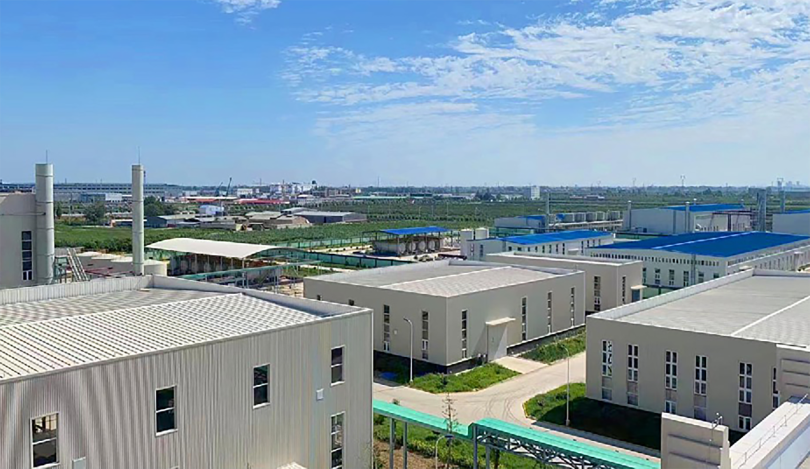
Nov . 16, 2024 05:07 Back to list
hypromellose hpmc
Exploring Hypromellose (HPMC) An Essential Polymer in Pharmaceutical and Food Industries
Hypromellose, commonly abbreviated as HPMC (Hydroxypropyl Methylcellulose), is a semi-synthetic polymer derived from cellulose, which is one of the most abundant organic polymers on Earth. It is widely utilized for its unique properties, making it an essential ingredient in various industries, particularly pharmaceuticals and food. This article delves into the characteristics, applications, and significance of HPMC.
Characteristics of HPMC
HPMC is a white, odorless powder that is soluble in cold water but insoluble in hot water. This solubility profile is one of its most significant advantages, allowing it to form a gel-like consistency when mixed with water. HPMC's viscosity can be controlled by modifying its molecular weight and the degree of substitution (the number of hydroxyl groups replaced by hydroxypropyl and methyl groups). This versatility in viscosity makes HPMC invaluable across different applications.
HPMC is non-toxic and stable under a wide range of pH levels, which enhances its suitability for pharmaceutical formulations. Its biodegradable nature also makes it an environmentally friendly choice compared to other synthetic polymers. Furthermore, HPMC is recognized as safe for consumption by regulatory agencies, including the FDA and the European Food Safety Authority (EFSA).
Exploring Hypromellose (HPMC) An Essential Polymer in Pharmaceutical and Food Industries
In the pharmaceutical sector, hypromellose plays a crucial role as a binder, film-coating agent, and controlled-release agent in tablet manufacturing. Its ability to form a gel in the presence of water allows for sustained release of active pharmaceutical ingredients (APIs), which can improve the efficacy of medications and enhance patient compliance.
hypromellose hpmc

HPMC is also employed in eye care products, including artificial tears and ocular inserts, due to its excellent moisture-retaining properties. As a thickening agent, it helps maintain eye lubrication, ensuring comfort for users. Moreover, in inhalable drugs, HPMC aids in the formation of dry powders by providing the necessary flow and stability.
Role in Food Industry
Beyond pharmaceuticals, HPMC is widely used in the food industry as a thickener, stabilizer, and emulsifier. It enhances the texture and mouthfeel of food products, making it a popular ingredient in sauces, dressings, baked goods, and dairy products. HPMC’s ability to retain moisture extends the shelf life of food items, contributing to reduced food waste.
In addition to improving food quality, HPMC serves as a dietary fiber source, which can be beneficial for digestive health. With the increasing consumer demand for plant-based and gluten-free products, HPMC has emerged as a viable substitute for gluten in certain formulations, providing structure and texture without compromising taste.
Conclusion
In summary, hypromellose (HPMC) stands out as a versatile polymer with a wide range of applications in both the pharmaceutical and food industries. Its unique properties, such as water solubility, non-toxicity, and biodegradability, make it an essential component used to enhance product performance and consumer satisfaction. As research continues to explore innovative uses for HPMC, its importance in formulating modern products will likely grow, reaffirming its status as a vital ingredient in our daily lives. Whether in the form of a tablet, a drop for the eyes, or a thickener for sauces, HPMC is undoubtedly a cornerstone of contemporary formulation science.
-
Versatile Hpmc Uses in Different Industries
NewsJun.19,2025
-
Redispersible Powder's Role in Enhancing Durability of Construction Products
NewsJun.19,2025
-
Hydroxyethyl Cellulose Applications Driving Green Industrial Processes
NewsJun.19,2025
-
Exploring Different Redispersible Polymer Powder
NewsJun.19,2025
-
Choosing the Right Mortar Bonding Agent
NewsJun.19,2025
-
Applications and Significance of China Hpmc in Modern Industries
NewsJun.19,2025







